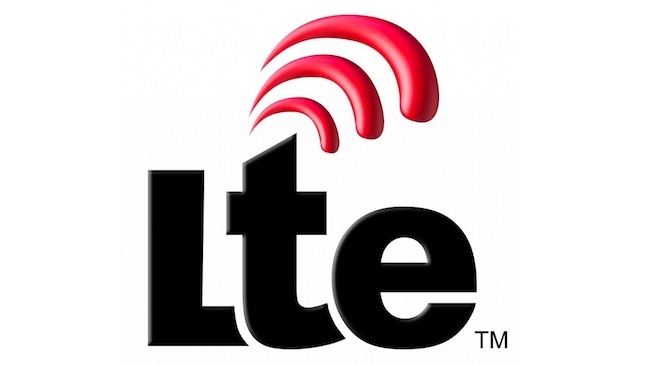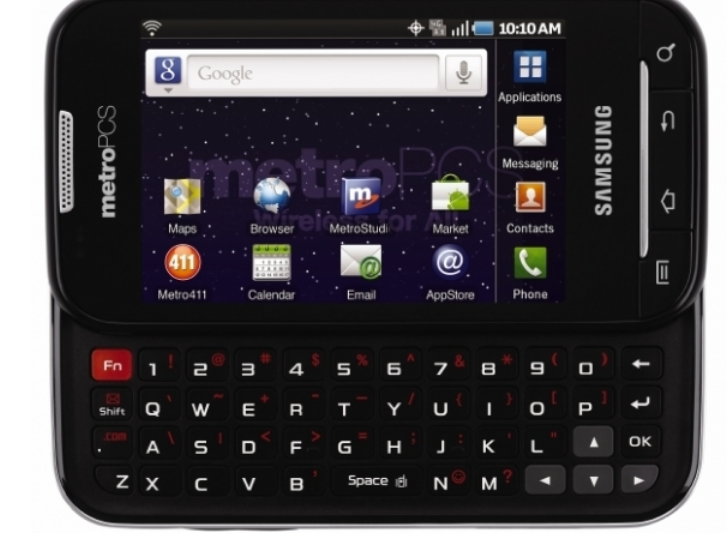
Today we have all found out, thanks to Google, about the 155th anniversary of the birth of Heinrich Hertz. We mention Hertz daily in Xataka almost without realizing it; For example, the LG Optimus LTE Tag, which we expect to see at MWC 2012, has a 1.2 giga-Hertz dual-core processor. And the tribute is valid because we owe mobile communications to it. Good old Hertz, who died at the age of 36 thinking that his experiments had no great practical use, discovered the propagation of electromagnetic waves. Today, the air we breathe is full of waves that we have placed there, in the radio spectrum.
There is a new neighbor in the Spanish radio spectrum, and he is the one I have come to talk to you about. It is moving and will live in different bands: in the 1800 MHz (hello again, Hertz!), in 2600 MHz, and, from 2015 (when some DTT channels leave there), in that 800 MHz. As you know, it is called LTE and it is the technology that all the components of the mobile communications industry are beginning to look at. For example, LG with the phone we just mentioned.
Well, what is LTE?
LTE stands for Long Term Evolution. It is a mobile communications standard developed by 3GPP, the association that developed and maintains GSM and UMTS. The radio interface (physical level) of the LTE system is something completely new, so LTE is a new generation compared to UMTS (third generation or 3G) and GSM (second generation or 2G). However, the International Telecommunication Union ( ITU ) does not consider the LTE that is being deployed right now around the world to be 4G, and we will see why.
LTE was born to mainly cover the following needs :
- Users want a data connection that downloads and uploads faster
- Manufacturers and operators want a less complex standard that reduces costs
- It is necessary to ensure the competitiveness of 3G in the future against, for example, WiMAX
The first public LTE service was rolled out in the Scandinavian capitals of Stockholm and Oslo on December 14, 2009. In Spain, Telefónica began to provide this technology in Madrid and Barcelona in September 2011. Vodafone calculates that the massive extension of LTE in our country will take place in 2015.
LTE Features
LTE is a very good and stable technology with three key features: it enables high bit rates with low latency, it is cheap and easy for operators to deploy, and it avoids fragmentation by duplex type. We are going to expand a little on each of these characteristics.

The download and upload rates, which is the chicha that interests us the most (why fool us), can reach peak speeds of 173 Mbps download and 86 Mbps upload, with 2 antennas in the base station and 2 in the terminal ( and up to 300 Mbps downlink with 4×4 antennas). LTE Advanced, the next revision of LTE that we will talk about in the second part, will allow us to have downloads close to 900 Mbps. In terms of latency, very low values: from 10ms.
Regarding the fact that it is an easy network to deploy, the key is that LTE services only use packet switching. LTE can’t handle SMS or calls the old-fashioned, circuit-switched way; GSM networks and others will continue to take care of this, with the consequent optimization of infrastructure costs. The LTE packet switching system is highly optimized for a world in which we do more and more things over IP (VoIP instead of calls, WhatsApp instead of SMS …).
Lastly, LTE is also designed to avoid the fragmentation of terminals worldwide due to the type of duplexing, since the latest revisions of the standard are compatible with both FDD ( Frequency Division Duplex ) that uses various areas of the spectrum and TDD ( Time Division Duplex ) that occupies a single area. Thus, a Chinese LTE TDD phone will work in Spain without further inconvenience.

Sharlene Meriel is an avid gamer with a knack for technology. He has been writing about the latest technologies for the past 5 years. His contribution in technology journalism has been noteworthy. He is also a day trader with interest in the Forex market.











